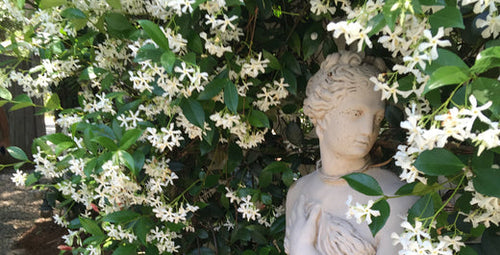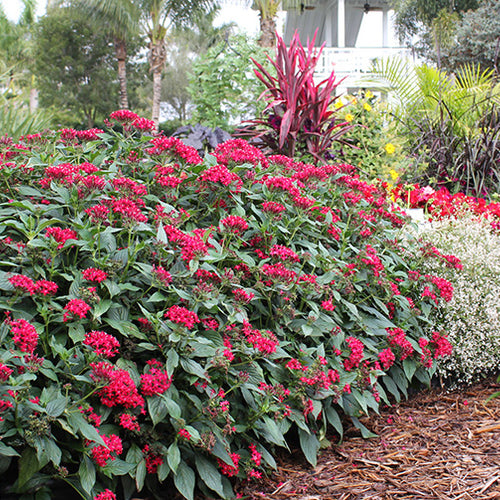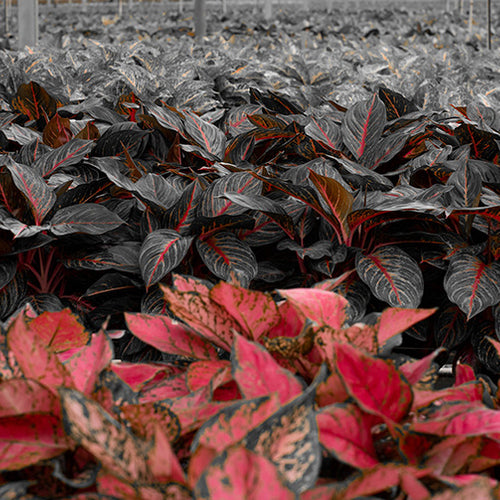
My Mother told me a funny story about a time she visited her mother-in-law (my grandmother), and spotted a snake plant on her table. “What a nice mother-in-law’s tongue you have,” she told my grandmother. My grandmother had never heard that common name for this plant, also known as Sansevieria (now Dracaena). (Snake plant itself is a common name...)
As it happens, the sharp, pointed leaves of snake plant matched the sharp, pointed personality of my grandmother, and this reference to the common name didn’t help my mother’s icy relationship with her. Whoops!
All plants have names (just like people!). Through the classification science of taxonomy, plants have universally communicated botanical names in Latin. But many plants also have nicknames, or common names. So where do common names come from? Here are some clues...
Brevity wins
Some botanical names are so long (and unpronounceable), that they get abbreviated. Case in point: Zamioculcas zamiifolia began being referred to as ZZ Plant, for simplicity’s sake.
Former jobs
Aloe vera is also known as burn plant or medicinal aloe because the watery gel inside their leaves has been used as a skin salve. Feverfew was used to treat fevers and lemon balm was used to treat anxiety.
Native roots
Norfolk Island Pine was discovered and is native to Norfolk Island (an island located in the Pacific Ocean between New Zealand and New Caledonia), although this subtropical tree grows elsewhere in the region. Madagascar Dragon Tree hails from Madagascar. But African mask, aka Alocasia and elephant's ear, above, isn’t a native of Africa. Instead, it earns its common name from its resemblance to hand-carved African ceremonial masks (and the ears of elephants); it’s actually from the Philippines.
Good mimics
Plants can earn common names based on their resemblance to people, animals, common household objects, and even articles of clothing. The Devil’s Backbone has awkward, angular stems as one might expect Satan’s skeleton to be (it's also called zig-zag plant). And on the other end of the salvation spectrum is Jack-in-the-pulpit, a tiny woodland minister in plant form. Bear’s breeches and Dutchman’s breeches imply that both bears and gentlemen from Holland could slip into their pants-shaped blooms.
Ponytail palm is a well-coifed plant. Drumstick allium, pincushion flower, and pitcher plant produce flowers that look like their namesakes. The avian world hatches many a common plant name: ostrich fern, hens-and-chicks, bird’s nest fern. And the tactile feel of the leaves/flowers of lamb’s ears, goat’s beard, and Teddy bear vine reflect the common names of these plants.
Written by Karen Weir-Jimerson

















